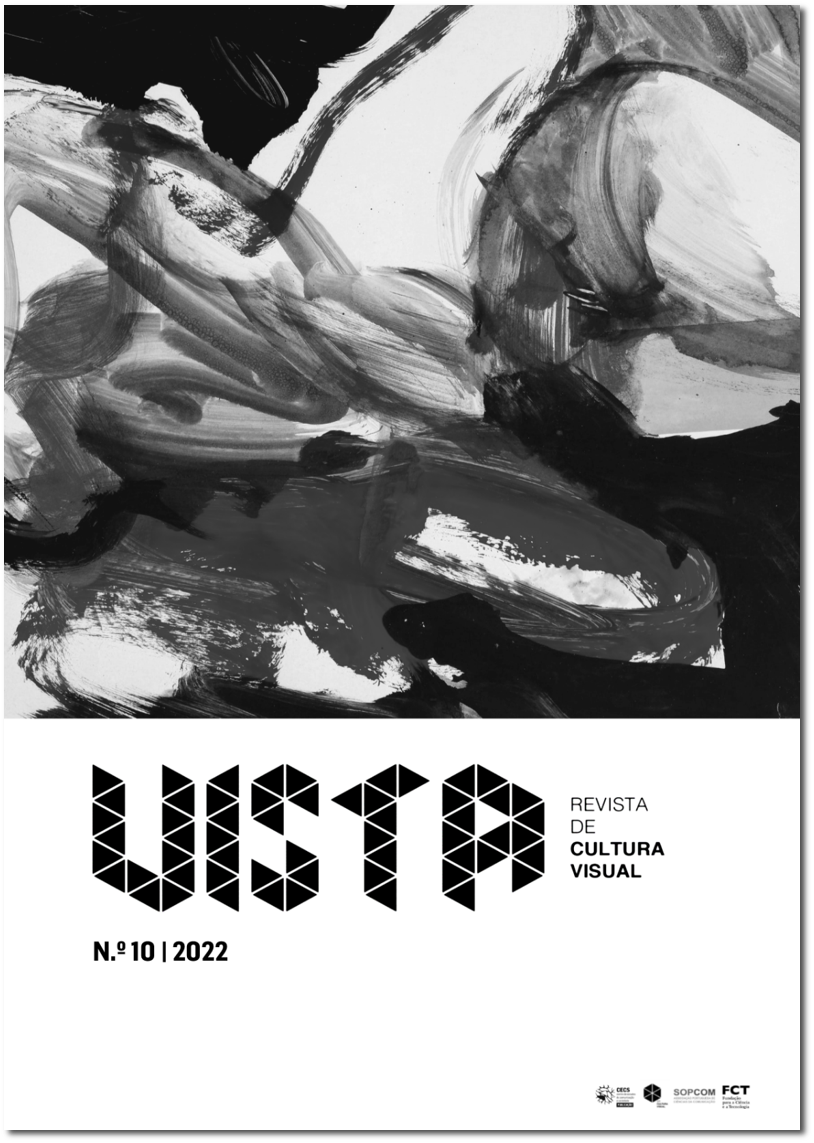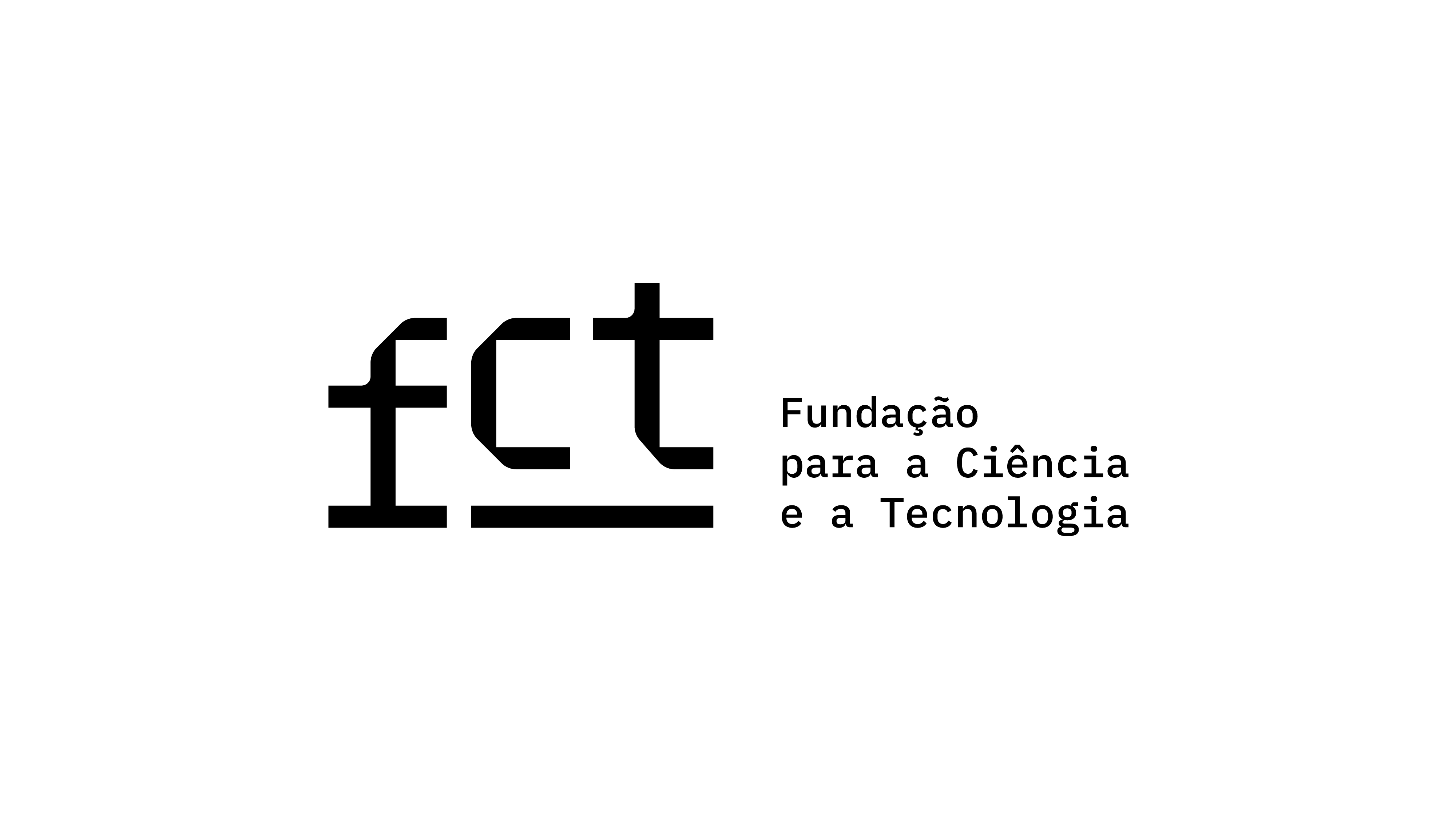Comics As a Tool for Research on Gender Violence. Interview With Nayanika Mookherjee on the Graphic Novel Birangona. Towards Ethical Testimonies of Sexual Violence During Conflict (2019)
DOI:
https://doi.org/10.21814/vista.4109Keywords:
Art-Based Research, Gender-Based Violence, War-Time Rape, Birangona, Comics, Graphic NovelsAbstract
Comics and the recently emerged graphic novel format are among the art forms that researchers have chosen to disseminate and provide a visual representation of their work. This relationship between comics and research, which is part of a practice labelled as “arts-based research”, has been facilitated by comics’ recognised narrative and didactic abilities. Research on gender-based violence has not been deaf to the call of comics art, and, in some rare but interesting cases, it has exploited the features of the medium to visualise and circulate research findings. An example is the graphic novel Birangona (Mookherjee & Najmun Nahar, 2019 Durham University), authored by the researcher Nayanika Mookherjee and by the comics artist Najmun Nahar Keya, which was circulated, both in an online and paper version, with the aim of popularizing a set of guidelines on how to conduct oral history data collection with survivors of wartime rape. This interview with Professor Nayanika Mookherjee, the co-author of the graphic novel and the anthropologist who conducted the research with wartime rape testimonies from which the guidelines were taken, has the objective of presenting the arts-based research project Birangona and discussing, in a scholarly fashion, the implementation of visual arts methodologies (and comics-based methodologies in particular) to research gender violence.
Downloads
References
Canlı, E., & Mandolini, N. (2022). Aesthetics in distress: Gender-based violence and visual culture. Introductory note. Vista, (10), e022009. https://doi.org/10.21814/vista.4071 DOI: https://doi.org/10.21814/vista.4071
Chute, H. (2010). Graphic women. Life narratives and contemporary comics. Columbia University Press.
Clarke Gray, B., & Wright, D. N. (2017). Decentering the sexual aggressor: Sexual violence, trigger warnings and Bitch Planet. Journal of Graphic Novels and Comics, 8(3), 264–276. https://doi.org/10.1080/21504857.2017.1307240 DOI: https://doi.org/10.1080/21504857.2017.1307240
Cocca, C. (2014). The ‘broke-back test’: A quantitative and qualitative analysis of portrayals of women in mainstream superhero comics. Journal of Graphic Novels and Comics, 5(4), 411–428. https://doi.org/10.1080/21504857.2014.916327 DOI: https://doi.org/10.1080/21504857.2014.916327
Eisner, W. (2012). Faster than a speeding bullet. The rise of the graphic novel. NBM Publishing.
Ezell, M. (2010). Writing women’s literary history. In M. Eagleton (Ed.), Feminist literary theory: A reader (pp. 52–56). John Wiley & Sons.
Farinella, M. (2018). The potentials of comics in science communication. Journal of Science Communication, 17(1), 1–17. https://doi.org/10.22323/2.17010401 DOI: https://doi.org/10.22323/2.17010401
Fedtke, J. (2019). Gender-based violence in contemporary digital graphic narratives from India. South Asian Review, 4(3), 206–220. https://doi.org/10.1080/02759527.2019.1599555 DOI: https://doi.org/10.1080/02759527.2019.1599555
Gerber, N., Biffi, E., Blondo, J., Gemignani, M., Hannes, K., & Slegesmund, R. (2020). Arts-based research in the social and health sciences: Pushing for change with an interdisciplinarity global arts-based research initiative. FQS. Forum: Qualitative Social Research, 21(2), 1–15. https://doi.org/10.17169/fqs-21.2.3496
Gribaldo, A., & Zapperi, G. (2012). Lo schermo del potere. Femminismo e regime della visibilità. Ombre Corte.
Groensteen, T. (2007). The system of comics (B. Beaty & N. Nguyen, Trans.). University Press of Mississippi. (Original work published 1999)
Kirtley, S. E., Garcia, A., & Carlson, P. E. (Eds.). (2020). With great power comes great pedagogy. Teaching, learning and comics. University Press of Mississippi. DOI: https://doi.org/10.14325/mississippi/9781496826046.001.0001
Leavy, P. (2015). Method meets art. Art-based research practice. Guilford Press.
Mandolini, N. (2020). Let’s go graphic. Mapping Italian graphic novels on gender-based violence. Journal of Graphic Novels and Comics, 12(5), 939–963. https://doi.org/10.1080/21504857.2020.1809484 DOI: https://doi.org/10.1080/21504857.2020.1809484
Mookherjee, N. (2015). The spectral wound. Sexual violence, public memories, and the Bangladesh war of 1971. Duke University Press. DOI: https://doi.org/10.1515/9780822375227
Mookherjee, N. (2021a). The birangonas (war heroines) in Bangladesh: Generative resilience of sexual violence in conflict through graphic ethnography. In J. N. Clark & M. Ungar (Eds.), Resilience, adaptive peacebuilding and transitional justice: How societies recover after collective violence (pp. 143–163). Cambridge University Press. https://doi.org/10.1017/9781108919500.007 DOI: https://doi.org/10.1017/9781108919500.007
Mookherjee, N. (2021b). Historicising the Birangona: Interrogating the politics of commemorating the wartime rape of 1971 in the context of the 50th anniversary of Bangladesh. Strategic Analysis, 45(6), 588–597. https://doi.org/10.1080/09700161.2021.2009663 DOI: https://doi.org/10.1080/09700161.2021.2009663
Mookherjee, N. (2022a). Aurality of images in graphic ethnographies: Sexual violence during wars and memories of the feelings of fear. The Sociological Review, 70(4), 686–699. https://doi.org/10.1177/00380261221108843 DOI: https://doi.org/10.1177/00380261221108843
Mookherjee, N. (2022b, July 28). Moments of lightheartedness. Graphic ethnography unsettling the weightiness of fieldwork. Fieldsights. https://culanth.org/fieldsights/moments-of-lightheartedness-graphic-ethnography-unsettling-the-weightiness-of-fieldwork
Mookherjee, N., & Najmun Nahar, Y. (2019). Birangona. Towards ethical testimonies of sexual violence during conflict. University of Durham.
Morris, J. E., & Paris, L. F. (2021). Rethinking arts-based research methods in education: Enhanced participant engagement processes to increase research credibility in knowledge translation. International Journal of Research and Method in Education, 45(1), 99–112. https://doi.org/10.1080/1743727X.2021.1926971 DOI: https://doi.org/10.1080/1743727X.2021.1926971
Mulvey, L. (1989). Visual and other pleasures. Palgrave. DOI: https://doi.org/10.1007/978-1-349-19798-9
Muraro, L. (1991). L’ordine simbolico della madre. Editori Riuniti.
Nishiyama, Y. (2016). ‘But I am still a girl after all’: A discourse analysis of femininities in popular Japanese manga comics [Master’s thesis, Victoria University of Wellington]. The Library—Te Pātaka Kōrero. http://hdl.handle.net/10063/5300
Pedri, N. (2015). Thinking about photography in comics. Image & Narrative, 16(2), 1–13. http://www.imageandnarrative.be/index.php/imagenarrative/article/view/802
Remonato, G. (2013). Trauma e fumetto: Il viaggio in Italia di Ulli Lust. LEA-Lingua e letteratura d’Oriente e d’Occidente, 2, 373–386. https://oajournals.fupress.net/index.php/bsfm-lea/article/view/7587
Rose, J. (2005). Sexuality in the field of vision. Verso.
Stone, A. (2004). On the genealogy of women: A defence of anti-essentialism. In S. Gillies, G. Howie, & R. Mumford (Eds.), Third wave feminism (pp. 85–96). Palgrave. DOI: https://doi.org/10.1057/9780230523173_8
Tatalovic, M. (2009). Science comics as a tool for science education and communication: A brief exploratory study. Journal of Science Communication, 8(4), 1–17. https://doi.org/10.22323/2.08040202 DOI: https://doi.org/10.22323/2.08040202
Ward, J., & Shortt, H. (2020). Using arts-based research methods. Creative approaches for researching business, organisation, and humanities. Palgrave. DOI: https://doi.org/10.1007/978-3-030-33069-9
Weber, W., & Rall, H. M. (2017). Authenticity in comics journalism. Visual strategies for reporting facts. Journal of Graphic Novels and Comics, 8(4), 376–397. https://doi.org/10.1080/21504857.2017.1299020 DOI: https://doi.org/10.1080/21504857.2017.1299020
Downloads
Published
How to Cite
Issue
Section
License
Copyright (c) 2022 Nicoletta Mandolini, Nayanika Mookherjee

This work is licensed under a Creative Commons Attribution 4.0 International License.
Authors own the copyright, providing the journal with the right of first publication. The work is licensed under a Creative Commons Attribution 4.0 International License.













